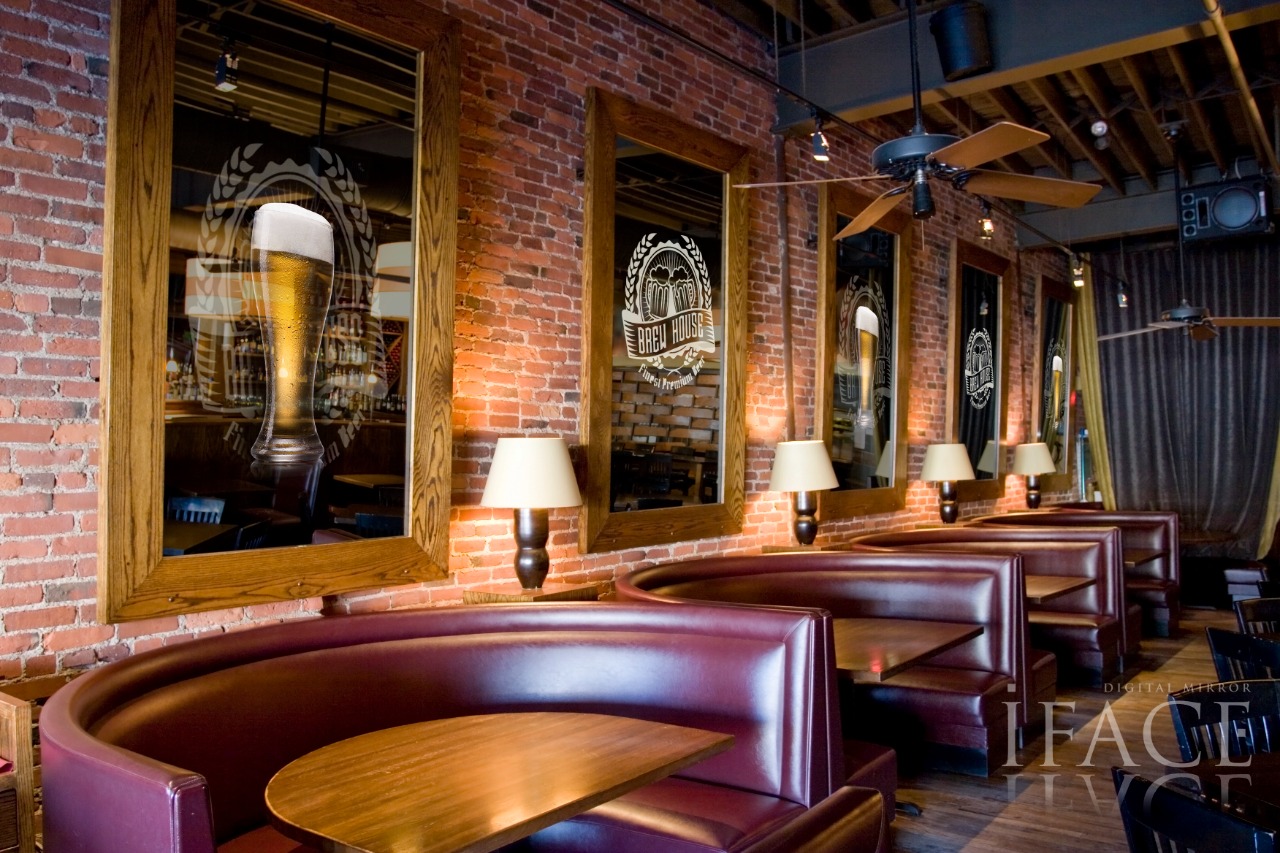2023 luxury brands advertising impact after pandemic with Barbara Jarabik: Your marketing materials should also use aspirational language that emphasizes the quality and exclusivity of your products. This will create an emotional connection with customers and encourage them to buy your product. Use aspirational slogans, such as “the ultimate in luxury” or “beyond compare.” Be selective about your marketing channels. Not all marketing channels are created equal. Advertising in high-traffic luxury online magazines will be more effective than running adverts in those print publications which are suffering from declining traffic, so do your research thoroughly.

Don’t neglect customer service: When you step into a designer store like Burberry or Louis Vuitton, what’s the first question you’re often asked? “Would you like a glass of champagne or tea?” That’s how it’s done. Brands like these treat their customers like kings and queens. Offering champagne and having a lounge within stores also adds to the luxurious branding. It makes you feel like you’re in a completely different world. Loyalty and repeat purchases are huge components of a successful luxury business. Customers who come back to purchase new releases or existing products have very high average lifetime values. This is why you must treat them extremely highly and ensure they are 100% satisfied. As a matter of fact, 55% of consumers would pay to have a better customer service experience.
Google is one of the most influential channels when it comes to helping luxury shoppers find products, learn more about brands, and make their purchase. As we’ve already alluded to, most luxury brands have pretty poor websites. Unsurprisingly, most of those websites also have extremely bad SEO, making it difficult for their websites to rank well in Google for search terms that would otherwise capture potential customers. Take Prada for instance. When I search for Prada handbags, not only do I not receive a link to Prada’s handbag page (due to their poor keyword targeting, slow site, and poor on-site structure), but the results also look messy and untargeted.
The first, and easiest, strategy for marketing your luxury brand is classic “addition by subtraction.” You’re probably already incorporating negative keywords into your optimization routine, but did you know you can save time by uploading them at the account level? Account-level negative keywords are a simple addition to your AdWords efforts; all you need is a CSV file loaded with negative keywords. From there, you simply upload the file in the Bulk Upload tab of the Shared Library and then apply it to as many campaigns as you’d like. Doing so has a handful of benefits, but the most important for marketing luxury goods and services is the ability to weed out unqualified traffic.

According to a report by McKinsey digital now influences at least 45% of all luxury sales. It’s understandable why luxury brands have been hesitant to move online. Yet, with print and display advertising returns decreasing, and luxury shoppers spending more time online and on mobile devices, luxury brands need to not only adapt to survive in the digital universe, but to thrive also. While the strategies outlined below will provide useful inspiration, it’s worth pointing out that the best strategies will always come from clarifying your goal, breaking it down and brainstorming brand-specific solutions with your team. For this we’d recommend using a tool like TrueNorth or one of the marketing planning tools mentioned here. Read even more info at Barbara Jarabik.
Digital signage mirrors are another way for luxury brands to advertise efficiently : The global digital signage mirrors market was estimated at USD 780 million in 2021. The global market is expected to grow at a CAGR of 12.21% to reach USD 910 million by 2023. Digital signage mirrors can greatly increase individual efficiency by choosing outfits as per weather updates while also offering bus and train schedules (including traffic updates). Digital signage mirrors in smart homes, planes, commercial spaces, hotels, etc. are designed to be connected to users as well as with different devices around. Energy efficiency is one of the major advantages that will drive the adoption of digital signage mirrors.
